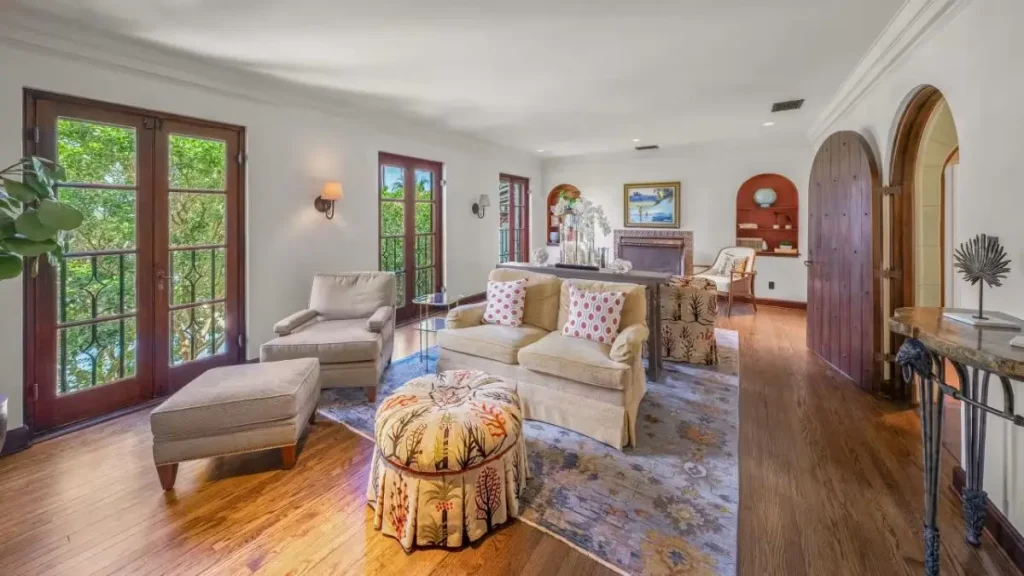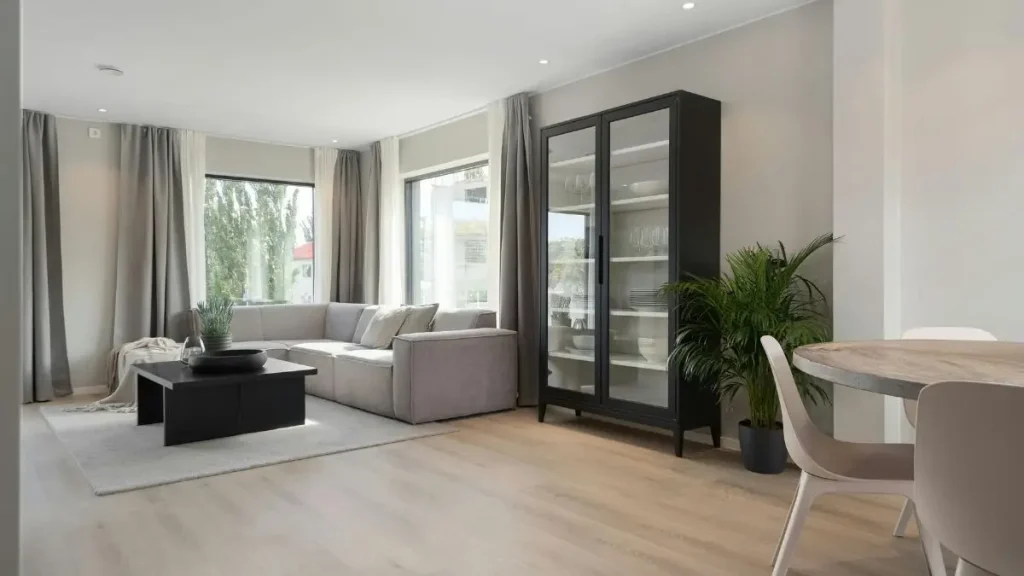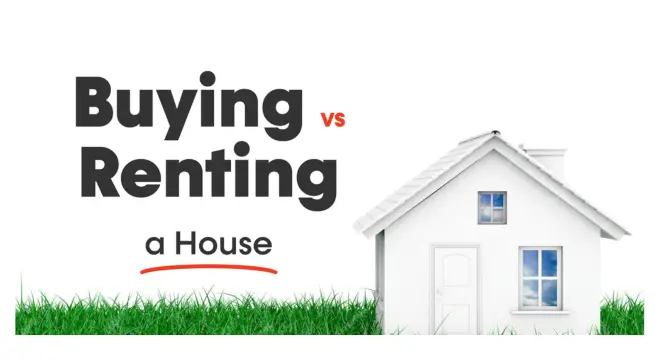Lily Allen, David Harbour List Eccentric Brooklyn Townhouse for $8 Million
I still remember the first time I saw the listing: a four-story brownstone in Brooklyn’s Carroll Gardens, asking $7.99 million. That price alone would catch anyone’s eye—but when you learn it belonged to Lily Allen and David Harbour, the story deepens. The couple purchased the place in 2021 for about $3.35 million, so this listing effectively more than doubles their initial investment.
The timing is equally compelling: the listing went live on October 26 2025, just days after Allen dropped her new album, West End Girl, which many believe draws heavily from her breakup with Harbour. It’s no longer just about a home—it’s about narrative, emotion and hidden layers.
When you think about it, you and I both know celebrity real-estate stories happen every day. But this one ticks extra boxes: the price leap, the designer renovation, the album tie-in, the split. It’s not just a listing—it’s a chapter in a story. And that’s precisely what makes it worth our closer look.
The Song That Told the Story
When Lily Allen released West End Girl, I thought it was just another breakup album—until I heard the lyrics. Then it clicked: she was singing about this exact Brooklyn townhouse.
The song doesn’t just hint; it paints. She sings about “houses with four or five floors,” about Harbour saying “You want it? It’s yours.” You can almost picture her standing in that Carroll Gardens kitchen, realizing how big a leap this was.
According to Realtor, Allen admits in her lyrics that she “could never have afforded this” on her own—that Harbour pushed to close the deal. The dynamic feels raw, honest, even a little painful. It’s the kind of detail no press release can capture, but every listener feels.
What fascinates me is how the house became a metaphor. It wasn’t just their home—it was their shared risk, their imbalance, their dream. Now that it’s on the market, that symbolism hits harder. For anyone who’s ever tied their love story to a home, you can probably feel that same knot in your stomach.
Inside the “Weird and Whimsical” Wonderhouse

The first time I saw the Architectural Digest photos, I actually paused. This wasn’t just a celebrity renovation—it was a fever dream brought to life.
Mansion Global described the property as “eccentric and fearless,” and that’s exactly right. You walk in through a green-carpeted hallway, climb a white staircase, and find rooms that swing between elegance and madness. There’s floral wallpaper, zebra-print furniture, even a pink bedroom that Allen herself called a “bed womb.”
The chef’s kitchen gleams white-on-white, anchored by a chandelier and a massive island—like an art piece you could cook on. A few steps away, glass doors open to a backyard with its own sauna and cold plunge. Even the bathrooms got the star treatment: blue floral wallpaper, a fireplace beside the tub, and light pouring in from tall windows.
What I love most here is that it’s not pretentious—it’s playful. Every detail screams personality, and you can feel that the couple wanted their home to be fun, not formal. That’s something you don’t always see in multi-million-dollar listings.
From Dilapidated Shell to Designer Showcase
I went back and read how this brownstone looked before they bought it, and honestly, it’s night and day. Their architect, Ben Bischoff, told Architectural Digest that the façade was “badly deteriorated” and the interior was “very lived-in.” You can imagine the amount of work it took to get here.
They teamed up with Billy Cotton, a designer Allen even name-drops in her song. Together they turned a worn-out shell into what Bischoff called a “mad, mad, mad world.” The renovation didn’t come cheap—records show a $2.5 million mortgage and permits worth over $280,000.
It’s the kind of project that reflects total trust. You don’t spend that kind of money unless you believe you’re building something lasting. And that’s the quiet heartbreak in all of this: they built their dream home together, only to walk away from it a few years later.
By the way, I’ve been sharing quick updates, interior snapshots, and behind-the-listing insights from stories like this on a WhatsApp channel where we break down celebrity homes in real time — the kind of details that never make it into print. It’s worth checking out if you like seeing how these listings evolve before they hit headlines.
The Love Story (and Fallout) Behind the Façade
If you’ve followed Allen and Harbour’s story, you know it began like a rom-com. They met on the dating app Raya, got married in Vegas in 2020, and moved into this townhouse soon after. For a while, it looked like a perfect fit—his American grit and her British wit blending in a Brooklyn fairytale.
But earlier this year, things unraveled. Reports of their split started surfacing, and Allen’s new album confirmed what everyone suspected. She didn’t hold back—there are lines about infidelity, pressure, and emotional distance.
Neighbors told The Sun that the home had sat quiet for months, no Halloween decorations, no signs of life. Harbour’s since moved to the West Village, while Allen is back in London with her daughters.
You can call it gossip, but to me, it’s a story about how even beautiful spaces can’t fix broken timing. Anyone who’s built a home during love—and left it after—will understand that ache.
It reminded me a little of Michael Andretti’s waterfront estate in Indiana — another home that carried the weight of a personal chapter, now being passed to its next owner.
What This Listing Says About Celebrity Real Estate?
There’s a pattern I’ve noticed in stories like this: celebrity homes become emotional barometers. When love peaks, they buy; when it falls, they sell.
Brooklyn’s luxury market is having a moment right now—high-profile couples like John Krasinski and Emily Blunt helped make brownstones the new status symbol. For agents, celebrity listings bring a “story premium.” But that same story can also push prices too high, especially when emotions and publicity collide.
Allen and Harbour’s listing sits at that crossroads: a masterpiece designed for two people who no longer share the same story. It’s a reminder that even in real estate, sentiment sells as much as square footage.
So if you’re scrolling through listings tonight, ask yourself—would you ever buy a home with someone else’s love story still written on its walls?
The trend isn’t limited to New York either — Patricia Richardson’s Los Angeles home recently hit the market, showing how even long-loved family spaces eventually move on to new stories.
The Human Aftertaste

Every time a celebrity home hits the market, people rush to see the interiors — the chandeliers, the wallpaper, the kitchen shots. But behind those photos, there’s always a human story that lingers.
For me, this one stings a bit more because it’s not about luxury — it’s about loss disguised as real estate. You can tell this house wasn’t flipped for profit; it was lived in, loved in, and left behind.
What makes it fascinating is how it mirrors something we all go through, just on a larger scale. When a relationship ends, you start editing your surroundings. The photos come down. The rooms lose their energy. Eventually, you realize it’s not just the person you’re parting with — it’s the version of yourself that existed in that space.
And that’s why this story resonates. Whether you’re a fan of Lily Allen or not, you get what it means to outgrow a home that once felt like your entire world.
That same feeling came through when I wrote about Meredith Vieira’s New York City penthouse, another home filled with memory, change, and quiet reinvention.
The Market, the Music, and the Meaning
Right now, the townhouse is listed at $8 million, and honestly, that number says less about the price tag and more about what the property represents — the intersection of fame, heartbreak, and architecture.
Real estate watchers see it as a test of how far Brooklyn’s market can stretch for celebrity-owned properties. Music fans see it as closure — the physical end of a love story already told in Allen’s lyrics.
But as someone who’s written about homes and people for decades, I see something else: a creative couple who poured their contradictions into brick and plaster. The house became their shared album — loud, personal, a bit chaotic, and absolutely theirs.
When it finally sells, it won’t just change hands. It’ll change meaning. Someone new will move in, repaint the walls, and write a quieter story inside. And that’s the beauty of homes — they never really end; they just turn the page.
So, what do you think — would you buy a place if it carried a love story this loud, or would you rather start with a blank slate?
Final Thoughts
I’ve covered countless home listings — celebrity or otherwise — but stories like Lily Allen and David Harbour’s remind me why homes matter beyond headlines. They’re not just financial assets or architectural marvels; they’re emotional time capsules.
This Brooklyn townhouse wasn’t built for show — it was built for a season of two people’s lives that ended sooner than planned. And that’s what makes this listing hit differently.
If you’ve ever had to let go of a home — or a chapter — you probably know that ache. But you also know that selling doesn’t always mean losing. Sometimes, it’s just making room for what’s next.
What’s your take — do you see celebrity homes as investments, or as living stories that tell us something deeper about their owners?
If stories like this fascinate you, you’ll probably enjoy our Real Estate & Homeownership section. Each one reveals how personal stories shape extraordinary spaces.
Disclaimer: This article is based on publicly available information and property listings at the time of writing. All details about Lily Allen and David Harbour’s home are sourced from verified real estate and media reports. No personal claims or assumptions are made beyond confirmed public records.


